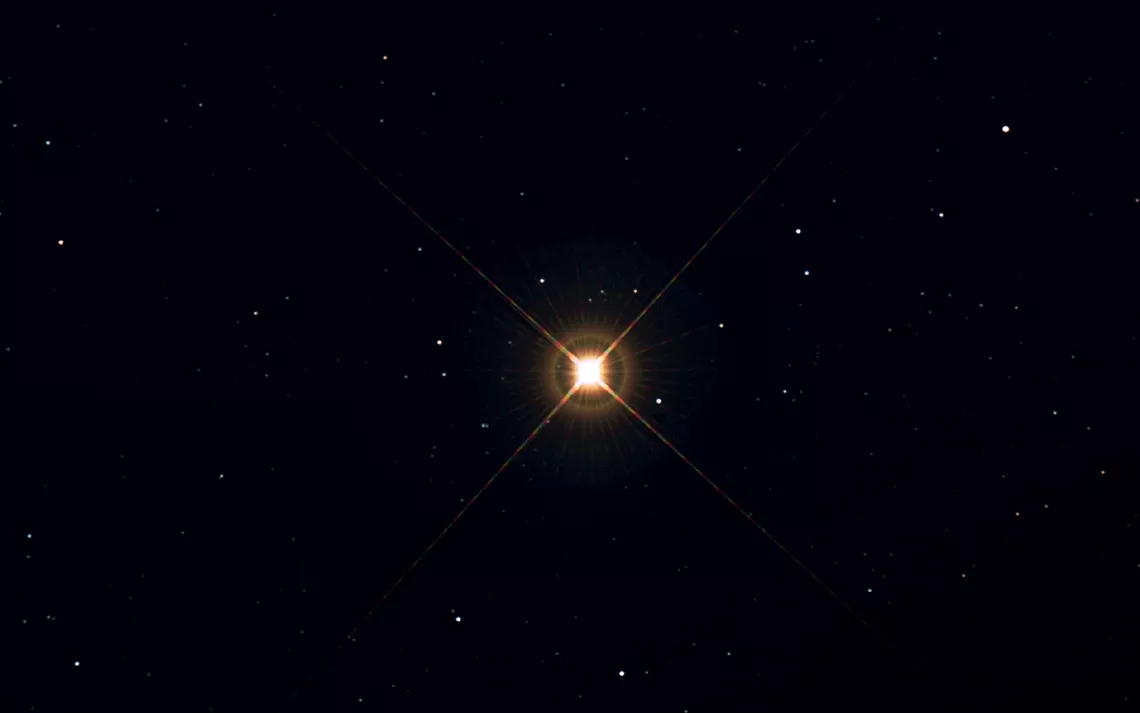November Astronomy Highlights: Betelgeuse Returns

The red supergiant star Betelgeuse in Orion. Photo by John Chumack.
Mars is still creeping through the Milky Way, making it a good target to explore with a telescope. After you center reddish Mars, sweep Mars’s environs to pick up the star clusters and nebulae nearby. You’ll need a southwestern horizon free of objects and light pollution. On November 2, Mars will be next to the magnitude 7 globular cluster M28. On November 6, Mars will be less than a degree from a different globular cluster, M22, which shines at magnitude 5.2.
As Mars is setting in the southwest on the evening of November 6, a full moon will be rising in the east. The moon is officially 100-percent lit at 2:22 p.m. PST. The moon rises in Aries with the constellations of winter trailing behind as the night progresses. The familiar shapes of Taurus and Orion with their bright stars, clusters, and nebula will replace those of the setting summer Milky Way.
With the summer star Antares, a red supergiant, setting in the southwest, Betelgeuse, also a red supergiant, is rising in the east. These two stars could go supernova at any time. If they happened to go supernova at the same time, Antares would be bright enough to be visible in the daytime and Betelgeuse may shine as bright as a full moon. Our night sky would be brightened by a substantial amount (especially on nights when both the full moon and Betelgeuse supernova were in the sky). Betelgeuse’s illumination could last an entire year.
Betelgeuse is about 600 light-years away, a safe distance for Earthlings wanting to see a good show. If a star within 30 light-years of us went supernova, we wouldn’t live to tell the tale.
For a different kind of show much closer to home, the November Leonid Meteor Shower peaks on the 17th. The constellation Leo will rise before midnight, carrying Jupiter with it. Use a telescope on this night to see Callisto on one side of the planet and the other three Galilean moons, Io, Europa, and Ganymede, huddled on the opposite side. On Thanksgiving evening, November 27, Jupiter will rise with the four satellites following it up from the horizon. Europa and Io will be especially close with Callisto and Ganymede farther away.
 The Magazine of The Sierra Club
The Magazine of The Sierra Club



